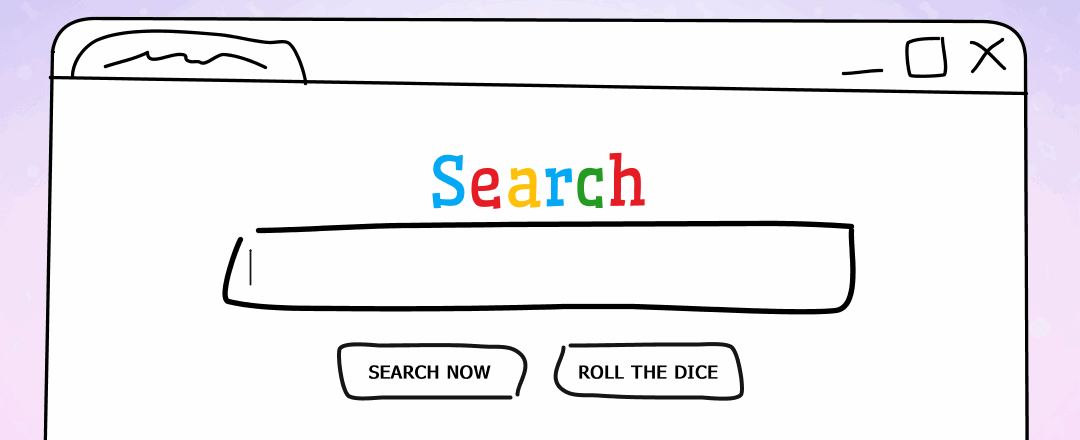Best 6 Tips for Writing Your Own Explainer Video Script


Tremendous Animatron greetings to you, curious one! Bryce here, your friendly “Animation Guru”.
Odds are, you’ve just typed “how to write an explainer video script” or some other generic array of explainer video terminology into your favorite search engine, hoping to get the best front page results that will solve all of your script writing woes… Well, I’m sorry to be the bearer of bad news, but there is no instant solution to writing an effective script on your own. Unfortunately, our information overlords at Google have yet to create an “app for that”. However, like many writers before me, a well-worded search can provide you with a wealth of leading information that can guide you in the right direction — or at least help you to update your Scrabble cheat sheet.
Well, allow me to trump your elite word-game skills and help rouse your scriptwriting ambitions by telling you I’ve already gone on the word hunt and pooled it for you, here. With a deluge of extremely helpful articles out there in digital space, I’ve managed to purposefully narrow down these best 6 tips for writing your own explainer video script.
From the customer perspective, explainer videos generally answer the following questions:
- Why should I care about this product/service?
- How is it “better” than others?
- How will it help me?
So, with your target audience in mind, let’s begin on research and progress to writing…

1. References (Where to Start)
No starting line in sight? Research your competition’s activity, product similarities, and current advertising campaigns. Weigh their key features against your own and the ones they can’t match, become your “benefits”. Benefits to your customer, outweigh common features. Gather all of the idea-building materials and media you can reference to make your explainer stand out.
Just remember, “good artists borrow, great artists steal.” – Pablo Picasso
Here is a list of explainer preparation questions, commonly asked by professional animation companies to help develop a cohesive and coherent video.
Creative Brief:
- What is your “quick elevator pitch”? In 1 – 2 sentences, explain your product or service.
- Who is your target audience?
- What specific problem are you solving?
- What are 3 key benefits you would like to highlight? Although features may overlap benefits, it is preferred to avoid long generic lists of “cool” features and focus mainly on the benefits to your customer. Specifically the benefits that cannot be obtained through your competitors.
- How does your product/service work? How do you get started using it? Try to keep to 3-4 steps (sign-up, checkout, etc.)
- What tone would you like your video to convey? Professional, conversational, fun and humourous, etc?
- What kind of visual styles do you have in mind? Collect a few sample videos that have favorable elements which you can pull ideas from. Be sure to match the “tone” of the video with chosen Illustration styles(sketchy, cartoony, professional, etc.), graphics, colors, characters?
- What is your call to action? Sign up today!

2. Know Your Product, Inside Out
This may sound dumb, but you might surprise yourself about how well you actually know your own product or service, inside and out. Research, highlight and write down all of the best features you can offer your target audience. Poll your whole office team on their favorite features.

3. KISS (Keep it Super Simple)
Focus only on what your viewer should draw from the video.
- The Problem your customer is dealing with.
- The Solution your product or service will provide.
- The Steps your customer must endure, to understand the process.
- The Call to Action. How they can begin using your product/service.
4. Brainstorm the Hook
Brainstorm all of the elements necessary to conveying your business to a clueless outsider and why they might NEED your product or service. Look at it from their point-of-view, relate to their economic situation and most of all, sell them on why you are the best and only choice.

5. Short and Sweet, Can’t be beat
Hook your viewer in the quickest way possible, but don’t rush it. Allow a few milliseconds before and after each line of dialogue, to absorb the information. Short attention spans and a wealthy supply of competitors are against you. Give your visuals and supporting dialogue, resounding purpose.
6. Draft your Script (…then redraft, rewrite, review with others)
References and supporting materials in hand, tackle the first draft of your script. Keep every aspect of the brainstorming process in mind and be sure to write down every point you feel should be highlighted…then, erase, break down and refine most of it into a 2nd and 3rd draft.
There’s really no quick way around it. Your script will shrink, but don’t go thinking it’s being diluted. In fact, you need to realize that a hefty percentage of your viewers have an extremely short attention span. So, it’s in your best interest to follow the “less-is-more” principal. You should focus on cutting out the fluff — the generic features that most people associate with a similar product/service. Then, refine and shine — highlight the game-changers that will knock your competitors right out of the competition.
Ideally, you should stick to a goal of around 150 words-per-minute. A 60 second explainer video is your goal. If you must go over, be sure it’s for either A) Clarifying the process, B) Honing the Story C) Entertainment.
Tell your story, solve the customer’s problem and sell your brand.
These 6 tips should get you well on your way to writing your explainer script and of course, nail it! After you’ve mastered your script, take to your Storyboard with a feeling of positivity and strength.
I welcome you to leave comments and share your stories about how you felt while writing your first (or millionth) explainer script! Can’t wait to read them!
— Your “Animatron Guru”
This post is a part of our “How To Make Explainer Video In-House” tutorial series.



